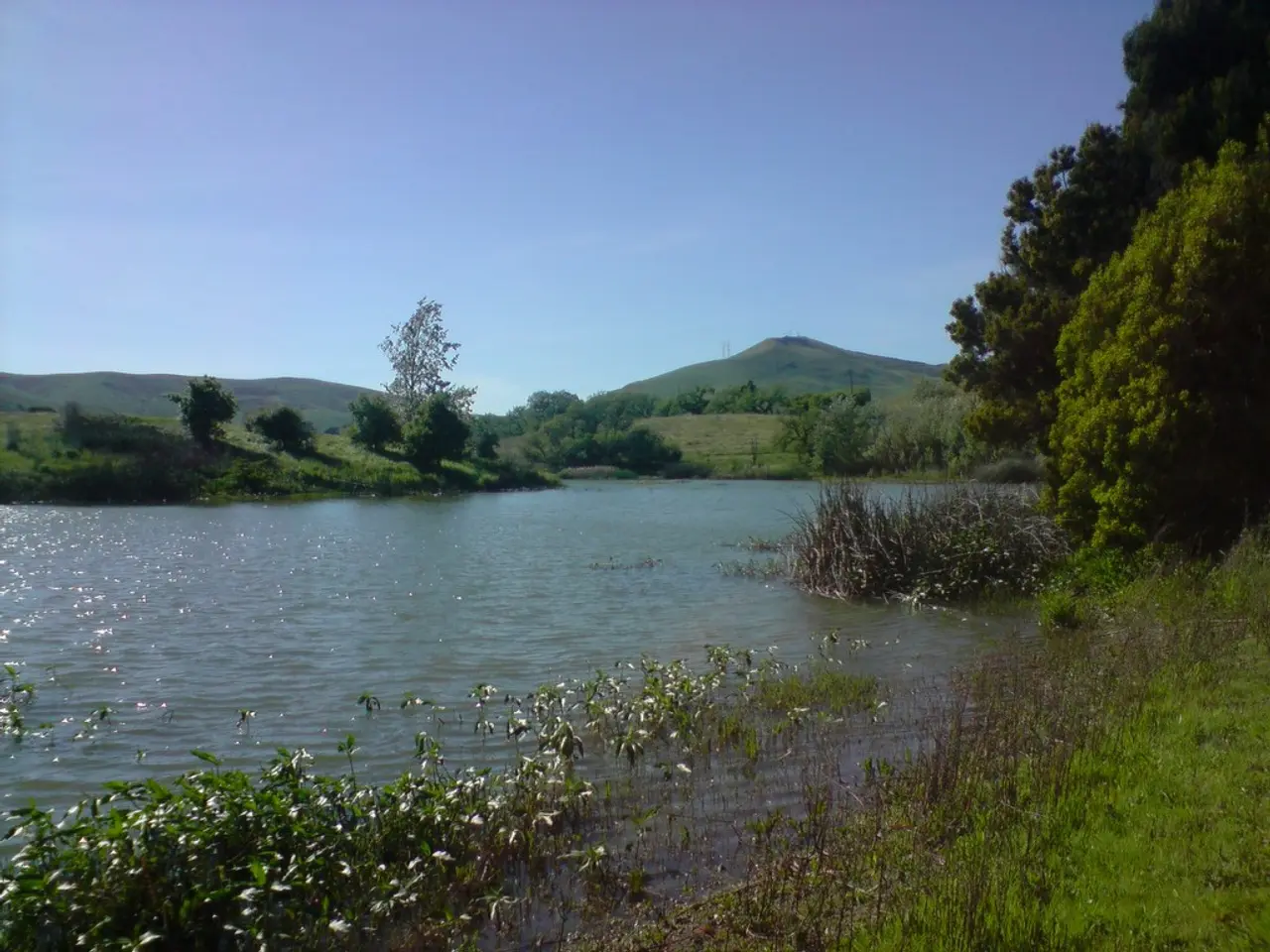Ganges Drying at Alarming Rate, Threatening Millions
The Ganges, a lifeline for millions across South Asia, is drying at an alarming rate. This isn't a natural phenomenon; it's a result of human activities and climate change. The river, once a year-round navigation route, is now impassable in summer in many stretches.
The Ganges-Brahmaputra basin is one of the world's most rapidly depleting aquifers. Water levels are falling by 15-20 millimeters each year. The situation is so dire that Mehebub Sahana, affiliated with the University of Manchester, warns millions could face severe food shortages within decades if nothing changes.
Climate change and shifting monsoons are exacerbating the problem. The Gangotri glacier, the Ganges' source, has retreated nearly a kilometer in two decades, reducing summer water flow. Meanwhile, extraction and damming, like the Farakka Barrage in India, are further threatening the river's health. The Sundarbans mangrove forest in Bangladesh, dependent on the Ganges, is at risk due to reduced dry-season flows.
The Ganges' drying is unprecedented and severe, threatening food, water, and livelihoods across South Asia. Global climate models have failed to predict this severity, indicating unknown human and environmental pressures. With over 650 million people depending on the Ganges for freshwater, food, and economic value, urgent action is needed to protect this vital river system.








